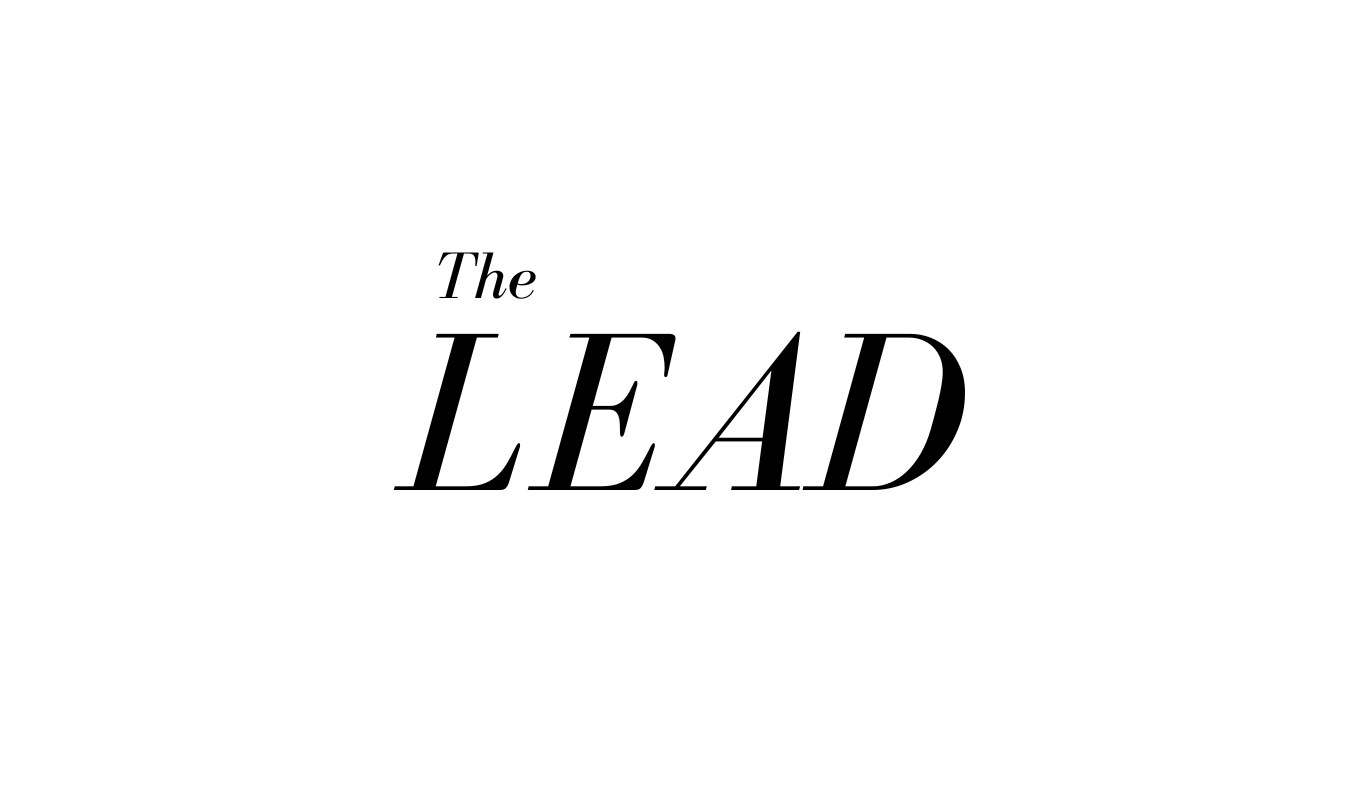Transcript
The iconic hedges that surround Dooley Field at UGA’s Sanford Stadium are a symbol of the University of Georgia. But did you know they aren’t Georgian at all?
They’re an invasive plant species called Chinese privet, and today I’m joined by Laura Lenz to discuss the reporting process for her story, Sustainable Solution for Green Pollution: How Nonnative Privet Impacts Georgia.
Alex Anteau: So I guess to begin, what inspired you to write this piece?
Laura Lenz: Okay, so I am currently in a Sustainability Solutions capstone for my senior final semester at Grady, and we have to do this project called Beat Memo, which is where you basically research things going around in the area in northeast Georgia, for the Grady Newsource audience. And with us, we were looking at sustainability topics, which is really quite broad, when you think about it, because it’s environment, it’s economics, and it’s community, it’s how all those things intersect.
We had a guest speaker from the Athens Land Trust, which is a local nonprofit that works on housing and conservation initiatives, and our guest speaker inspired me to revisit these programs that the Land Trust has been doing for the past couple years that I had learned about as a freshman, but didn’t really know the status with COVID didn’t know how those had been impacted.
So I reached out to the coordinator, and I was like, wow, this is a really interesting topic. Invasives are everywhere, and I hardly ever think about it. And when I pitched it to my professor, she was really excited about it and was like, go for it. I want to learn more. So yeah.
AA: And once you found your topic, what was the research process?
LL: Yeah, so during that beat memo, one of the things you do is you have sort of a casual preliminary interview with someone in the field related to your beat. So I talked to Carly Evans, who’s the conservation specialist at the Land Trust, and she told me a lot about the initiatives that the Land Trust was doing with invasives, which was sort of my jumping off point. She gave me specific plant species to look at, and specific Georgia organizations to reference in the research process.
So I looked at those I’m trying to remember exactly like what, who was kind of the governing agency. But basically, that was my starting off point for the research process. And then from there, I reached out to professors and experts at the university and emailed these people to schedule interviews. So I didn’t have a lot of, like, preliminary knowledge on invasive species, but I really just used what she gave me to sort of make sense of all the other information and figure out where to go from there.
AA: Before we sort of jump on to my next question, I was wondering if you could dive into a little bit about what the beat memo is, for those who don’t know?
LL: Sure. So the beat memo is the first thing you do in your senior capstone at Grady.
When you’re a journalism student, there’s two different pathways when you make it to your final semester in Grady. So you can either do Grady Newsource, and that’s your journalism project, and you do, you know, Grady Newsource at Five. They’re awesome. But you can also do a capstone, and I chose the capstone.
And basically, the beat memo is the first assignment that you do in your capstone, which is where you research your beat. And you can either pick one specific topic within your beat, or you can cover in a general way and you do tons of research, you interview people, you go to areas in Athens or Northeast Georgia that are related to your beat to gather video and photos, and you do all the journalism things that you’ve learned throughout the three previous semesters in Grady. You apply that with your beat memo, and at the end of the beat memo, you have to write pitches for different stories.
It’s a really good way to practice those journalism skills, and it’s sort of a benchmark at the start of the semester, like a pre-test of what skills you have and where you can go with those skills in the semester.
AA: Thank you so much for breaking that down. So I guess next question, what led you to focus on the specific invasive plant species that you wrote about? Is it pronounced privet (priv-et)?
LL: Yep, privet.
Okay. So I chose privet because Carly Evans from the land trust, she talked about privet the most.
I’m from Georgia, and so I’m familiar with the story of kudzu and there’s other invasive species like English Ivy. Those are the ones that you kind of see in your backyard, and can usually identify because they’re a little bit more notorious, but Carly kept referencing privet because it’s the number one invasive species in terms of acreage in Georgia, and that was what the land trust the young conservation stewards program specifically was tackling.
I got to the point where I think a lot of journalists or journalism students experienced this, where when you’re pitching a story, you have like 10, different things that you want to do.
Like you want to break down the system. And you want to talk about why it got this way and how bad it is and what we can do, which is great. Like, it’s great to have those goals, but it’s not realistic on a week deadline. And so I very quickly learned, I can’t talk about every invasive in the state of Georgia, I have to pick one. So I picked the one that was the most notorious and coincidentally, is also in Sanford Stadium. And so I thought, bingo, there’s my lead and my conclusion is talking about how we don’t even realize that this invasive is so widespread. We’re even planting it on purpose in the stadium. It’s like the perfect lead. I don’t know it just fell into place that way. It was awesome.
A lot of experts disagree on that stuff. Capturing that was the biggest challenge.”
AA: Thank you so much for telling me what led up to that. This might kind of dovetail into what you just said, but what was the most challenging part of writing this?
LL: The most challenging part about writing this piece was making sure that the science side of things was accurate, and I wasn’t generalizing too much, or like using vague language that would make this either seem like a bigger issue than it is or a smaller issue than it is.
And in this sustainability class, I’ve seen that it’s really important to describe things in a way that your audience can understand, but doesn’t simplify it too much that you’re losing the nuance of what’s going on with your topic. And I think being accurate, and being able to capture the nuance of what an invasive plant is and how there isn’t one solution and there are multiple different solutions and a lot of people have very different opinions about using pesticides or going in and clearing them out. A lot of experts disagree on that stuff. Capturing that was the biggest challenge.
AA: Thank you. In that regard, is there anything you learn while reporting the story that surprised you?
LL: Yeah, that’s a good question.
I think what I learned, aside from just learning what privet is on a very elementary level and learning how to remove it, kind of those sorts of things, because I don’t really think about that every day, I learned a lot more about the company that owns Roundup. Because in reporting on the project, I learned that Monsanto is the company that owns Roundup, which is a common weed killer. It’s inexpensive, it’s effective, it has this chemical called glyphosate, which is incredibly controversial right now and has been swirling in the news due to its supposed link to, I believe, lymphoma.
And I learned about that in reporting on this project, because in that presented this hurdle like how do I do that if I’m recommending using a herbicide in this article. Or if that’s one of the methods, how do I also include the fact that that same herbicide right now? There’s a lot of debate around it with a lot of opposing opinions between the EPA and the World Health Organization, but then also scientists on the other side. I learned about that, and that was hard for me to sort of process and unpack.
AA: How did you end up reckoning with yourself and what ended up going into the final piece?
LL: With the glyphosate and Monsanto case, I talked to the experts.
So I talked to Carly. She told me about it right off the bat. She said, “This is what’s going on with this herbicide, and it’s frustrating as a conservationist because it’s really effective and it’s cheap and it’s easy to access. But it also could potentially have these health effects for humans.”
I also talked to an expert who studies forestry at UGA, I can’t remember his title, Dr. Clabo, and he kind of dispelled some of those rumors. He was like, you know, “There’s this debate over it, but if you’re wearing personal protective gear, and you’re being responsible, it’s very, very, very unlikely that the normal amount of Roundup that you use will pose a threat to your health.”
But in the end, my professor was like, “You should address it, because if you don’t address it at all, even though both the experts have sort of dispelled those rumors, it’s not trustworthy, because this is something that’s going on that may impact the way people even view this piece in the first place.”
So long story short, I ultimately included that line about it and to link to some credible sources on it so that people can decide for themselves if that’s the route that they want to go if they end up using it.
AA: Is there anything else that you really wanted to include that ended up on the cutting room floor?
LL: Something that I initially was excited about was the Joro spider, which like everyone and their mom, and their professors are talking about. I was really excited because personally, I had noticed them, my friends and I were all talking about it.
There’s a UGA Affirmations account posting hilarious memes about the Joro spider, and I just knew like, if this is what I cover, this could be a bigger story. Like I knew that there was some virality value that had to do with the Joro spider. But ultimately, it just didn’t make sense to use that as a lead. Like maybe potentially, I could have referenced it, but yeah, ultimately, I left that out, which, you know, in the future, I may cover your talk about, I wish that I could have included the Joro spider just because it’s fun. And it was viral. You know?
There’s things in our environment that just blend into the background, and we don’t really question if they should or should not be there until it’s something viral.”
AA: Thank you for elaborating. I hope you get to write about them.
LL: Yeah, I actually think I will. Stay tuned. Yeah.
AA: Last couple of questions; what was your favorite part about this piece?
LL: My favorite part was interviewing people. That’s always my favorite part, especially with stuff like invasive plants that I have no real background on. I just really appreciate learning more in the process of reporting. I think that interviews can be really scary, but in my final semester, at Grady, it’s my favorite part. It’s the best; it’s awesome. And the sooner you kind of lean into it, the better because it’ll be more enjoyable for you.
But that was really fun. And then I also just really loved making the infographic, something that I hadn’t had a lot of experience with, but I always had curiosity about. And as a Grady student, you have access to Canva Pro, which is just the best tool in the world for making infographics. If you have no visual graphic design experience, it makes it so easy.
I had tons of fun with that. And in the stories that I made later on, I was like, I’m gonna make an infographic. It’s super fun.
And that was everyone’s favorite part when they were reading it. My classmates who were peer editing it and my professor, they’re like, I love the infographic. It’s my favorite part. Like Yeah, ‘cause it’s easy to digest. And it’s fun to look at. So yeah, those are my two favorite parts.
AA: Besides that is there any other advice you can offer people starting journalism at Grady, new reporters?
LL: I guess my best advice would be to make the most of your professors and make the most of the resources that Grady has here.
I know that’s a cliché, and I know that it’s also a cliché to say get involved, but I’m not your traditional journalism student. I’m not at the Red & Black, I’m not involved in the paper, but I still have had an incredible experience in the journalism program because I’ve made great connections with my professors and my classmates, even though COVID was going on and it was a little weird, but that is my best advice. Because the skills that you learn in Grady apply to your life, your personal and professional life in ways that you will not really even notice.
Sometimes the skills that you gain, talking to strangers, the skills that you gain, writing and communicating and rolling with the punches, those are skills that you should be intentional about picking up while you’re at the school and just enjoying it while you’re here, because college should be fun. It’s a blast. But the best part is really picking up skills that you’re excited to sit down and do for four hours, like making an infographic. And yeah, that’s my best advice is just enjoy it while you’re here.
AA: Last question, what do you think is the most important thing readers should take away from this story?
LL: The most important thing that people should take from this piece is to ask questions about what’s around you and engage with it. Whether or not you’re like an outdoorsy person, that doesn’t mean that you shouldn’t learn how to identify the plants and animals, the phenomena around you.
And I think this piece, what it shows me, and I think what it shows the audience is that there’s things in our environment that just blend into the background and we don’t really question if they should or should not be there until it’s something viral like the Joro spider, or potentially in this case privet.
And there’s a lot of things that, you know, a lot of services going on in our ecosystems that we hardly think about. And I think that this piece is just one small sliver of that. But it’s just like being a reporter, observing what’s going on around you, taking note of it and then asking, should that be there, and why was that put there and going on on campus in Athens in Northeast Georgia and the rest of the state?
AA: This is Alex Anteau. Reporting for Grady Newsource.
Background music is by Tokyo Music Walker.
Alex Anteau is a graduate student in the health and medical journalism program at the Grady College of Journalism and Mass Communication.








